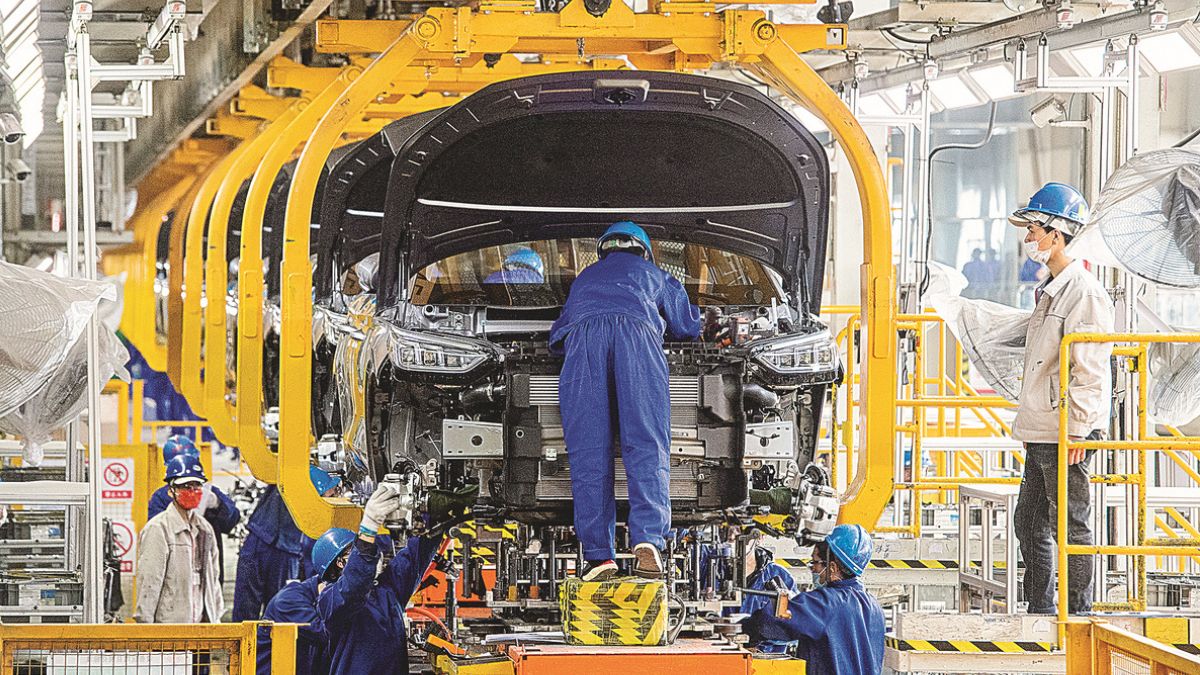 Image Credits - Technology news china
Image Credits - Technology news china
China’s new energy vehicle (NEV) sector witnessed a remarkable surge, with production hitting 870,000 units and sales reaching 850,000 units, representing year-on-year increases of 35.9% and 33.5%, respectively. These figures, released by the China Association of Automobile Manufacturers, underscore the accelerating momentum of China’s transition towards electric vehicles (EVs) and the growing demand for environmentally friendly transportation options.
With concerns over climate change and environmental sustainability mounting globally, governments and consumers alike are increasingly turning to electric vehicles as a cleaner alternative to traditional internal combustion engine vehicles.
China, as the world’s largest automotive market, plays a pivotal role in driving the growth of the global EV industry. The Chinese government has implemented various policies and incentives to support the development and adoption of NEVs, including subsidies, tax breaks, and regulatory mandates. These measures have contributed to the rapid expansion of China’s NEV market and the emergence of domestic EV manufacturers as major players in the global automotive industry.
The surge in NEV production and sales also reflects the increasing competitiveness and maturation of China’s electric vehicle ecosystem. Domestic automakers, such as BYD, NIO, and Xpeng, have made significant strides in developing cutting-edge EV technologies, expanding their product offerings, and enhancing their manufacturing capabilities. Additionally, international automakers have ramped up their investments in China’s NEV market, seeking to capitalise on the country’s growing demand for electric vehicles.
The strong performance of China’s NEV sector in April is indicative of the broader trends shaping the automotive industry. As battery costs continue to decline and EV technology advances, electric vehicles are becoming increasingly affordable, driving greater consumer acceptance and adoption. Moreover, the expansion of charging infrastructure and the availability of government incentives further incentivize consumers to switch to electric vehicles.
However, despite the rapid growth of China’s NEV market, challenges remain, including concerns about battery technology, charging infrastructure, and supply chain constraints. Addressing these challenges will be crucial to sustaining the momentum of China’s EV transition and ensuring the long-term success of the NEV sector.
